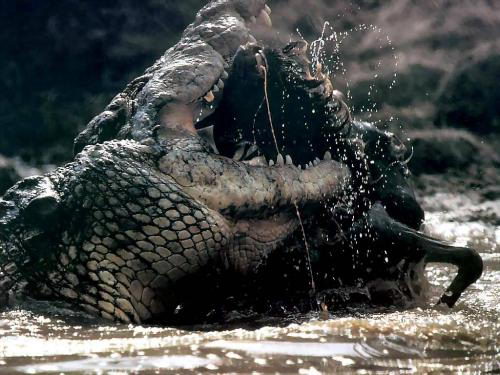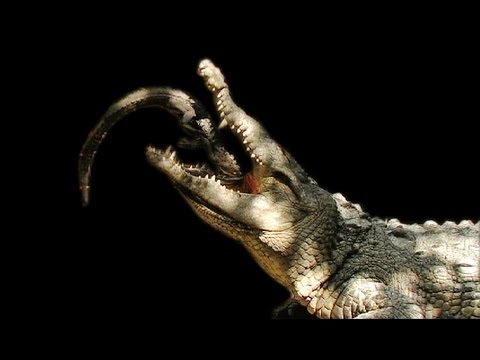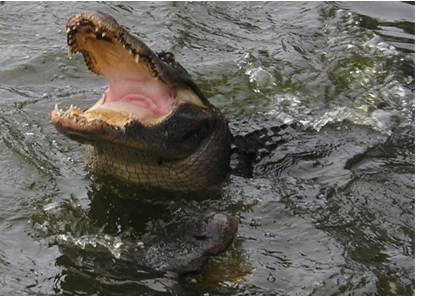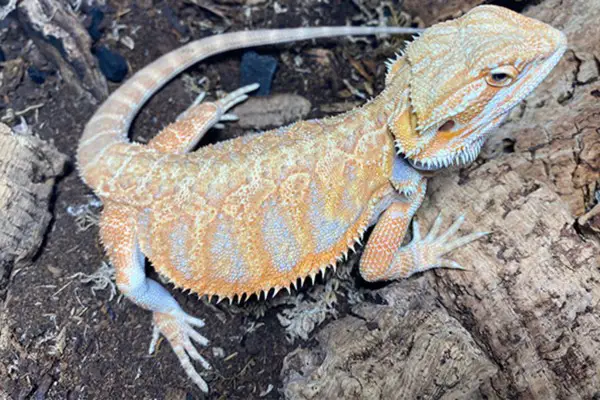The Chinese alligator (Alligator sinensis) is the only living species of the family Alligatoridae. It is native to the eastern China. There are only two living species of alligator; American alligator and Chinese alligator. The International Union for the Conservation of Nature has listed it as critically endangered species. Let us see what the main characteristics of Chinese alligator are.
Chinese Alligator Facts
Anatomy
- It’s hard to find the difference between the American alligator and the Chinese alligator. Both are almost same in their physical appearance.
- The body length grows to 1.4 – 2.2 m (4.59 – 7.22 ft).
- Adult Chinese alligator reaches a length of about 5 feet (1.5 m) with the weight measuring up to 80 lbs (36 kg).
- Larger males are believed to grow as long as 7 feet in length and weighs 100 lbs (45 kg).
- Males are slightly larger than females.
- Chinese alligators are mainly recognized by their armored skin while the American alligator lacks one. This is quite unique among other crocodilian species.
See also: Alligator Facts For Kids
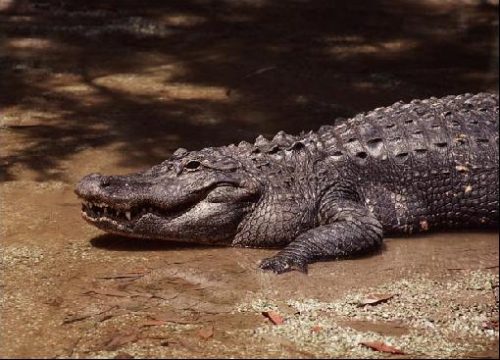
Range & Habitat
- The Chinese alligator is thought to make homes in subtropical and temperate habitats including fertile valleys that are abundant in paddy fields. It is mostly found at low altitudes of up to 100 meters above the sea level. Chinese alligator’s habitats include streams, marshes, swamps, rivers, and lakes.
- The current geographic range of alligators is limited to southeastern Anhui province of China.
- Chinese alligators are one of the remarkable creatures as they are able to survive in minimal living conditions.
- They build one meter deep burrows which measures 0.3 m in diameter. The length of burrows is about 1.5 meters. The first thing they do after coming out of their burrows is to bask in the sun.
- It is thought to have occupied much of the Yangtze River to as far as Lake Tai. Chinese alligators used to be present in large numbers in Jiangsu and Zhejiang provinces of China. At present they are beginning to disappear from all the major habitats.
Behavior
- Chinese alligators go inactive during winter. They remain in burrows or banks all day and night. The period of hibernation lasts 6 – 7 months.
- They will leave burrows in spring but that doesn’t mean that they won’t come back. The Chinese alligator occasionally visits burrows during spring.
- During summer alligators prefer to hunt at night probably because they avoid the hottest hours of the day.
- The Chinese alligator is the most docile of all crocodilians.
- They are thought to communicate through bellowing sounds.
- Alligators are often observed basking in the sun. By doing so, they raise their body temperature which is very important because alligators are nocturnal.
- They have got sharp pointed teeth which are built to crush shelled animals such as snails and clams. However Chinese alligators also consume many fish, insects, mussels, small waterbirds, mammals, and aquatic molluscs.
- Similarly Chinese alligators reduce the body temperature by diving into the water or sometimes finding shade to get cool.
- It is believed to be solitary except during the mating season which begins in spring.

Reproductive Biology
- The breeding season occurs in mid-June.
- The female lays 20 – 30 eggs. Chinese alligators lay the smallest eggs as compared to any crocodilian species.
- Hatchlings weigh only 30 grams at birth. They are only 20 – 21 cm long. They grow quickly in the first five years.
- Chinese alligators attain maturity at 5 – 7 years of age.
- The incubation period lasts about 70 days.
- Young hatch in early September.
- The maximum lifespan of Chinese alligators is 50 years in the wild while in captivity they live up to 70 years. The captive animal lives 27 years on an average.
- The total population of Chinese alligators is estimated at 130 individuals in the wild.
Conservation Status
- Critically Endangered

